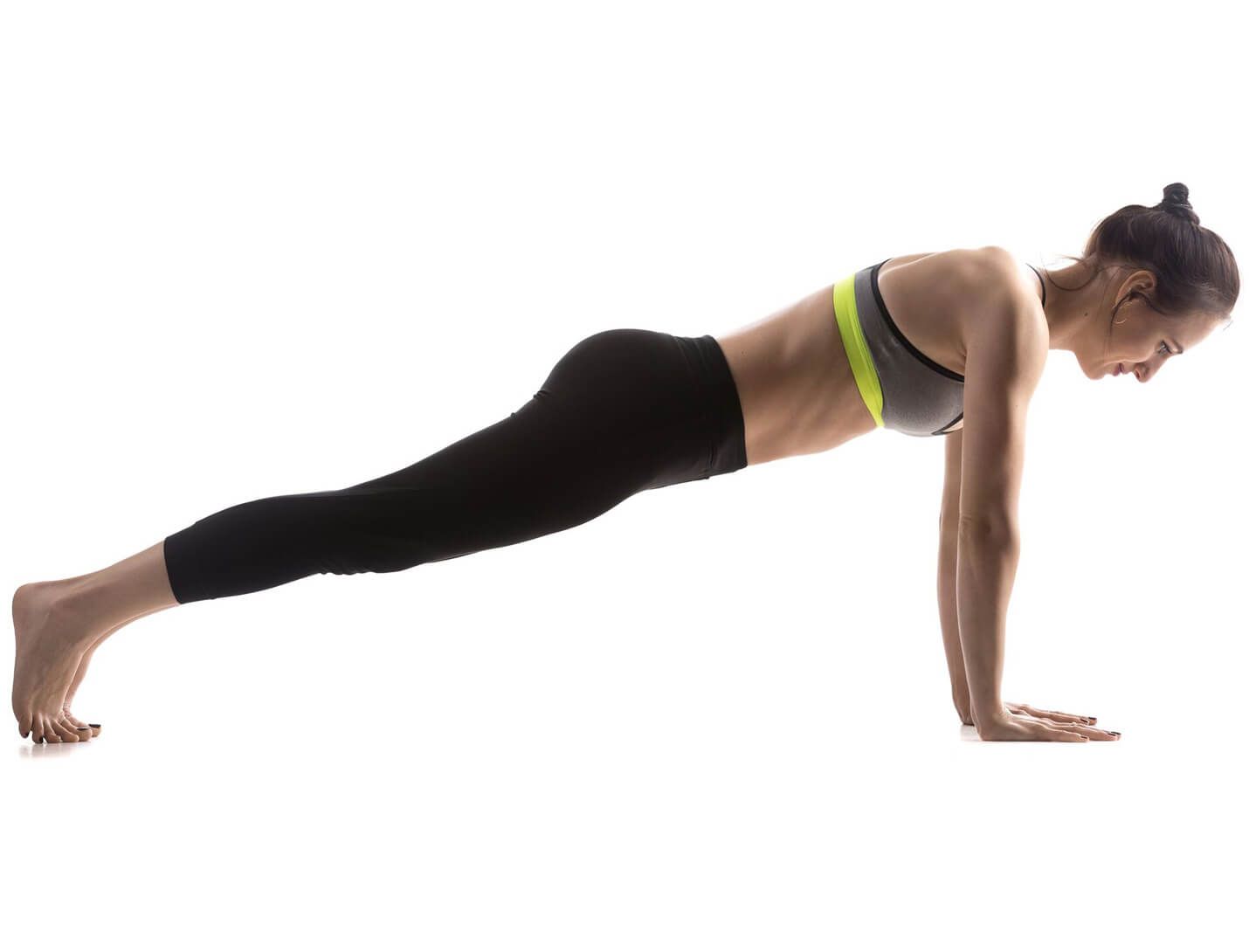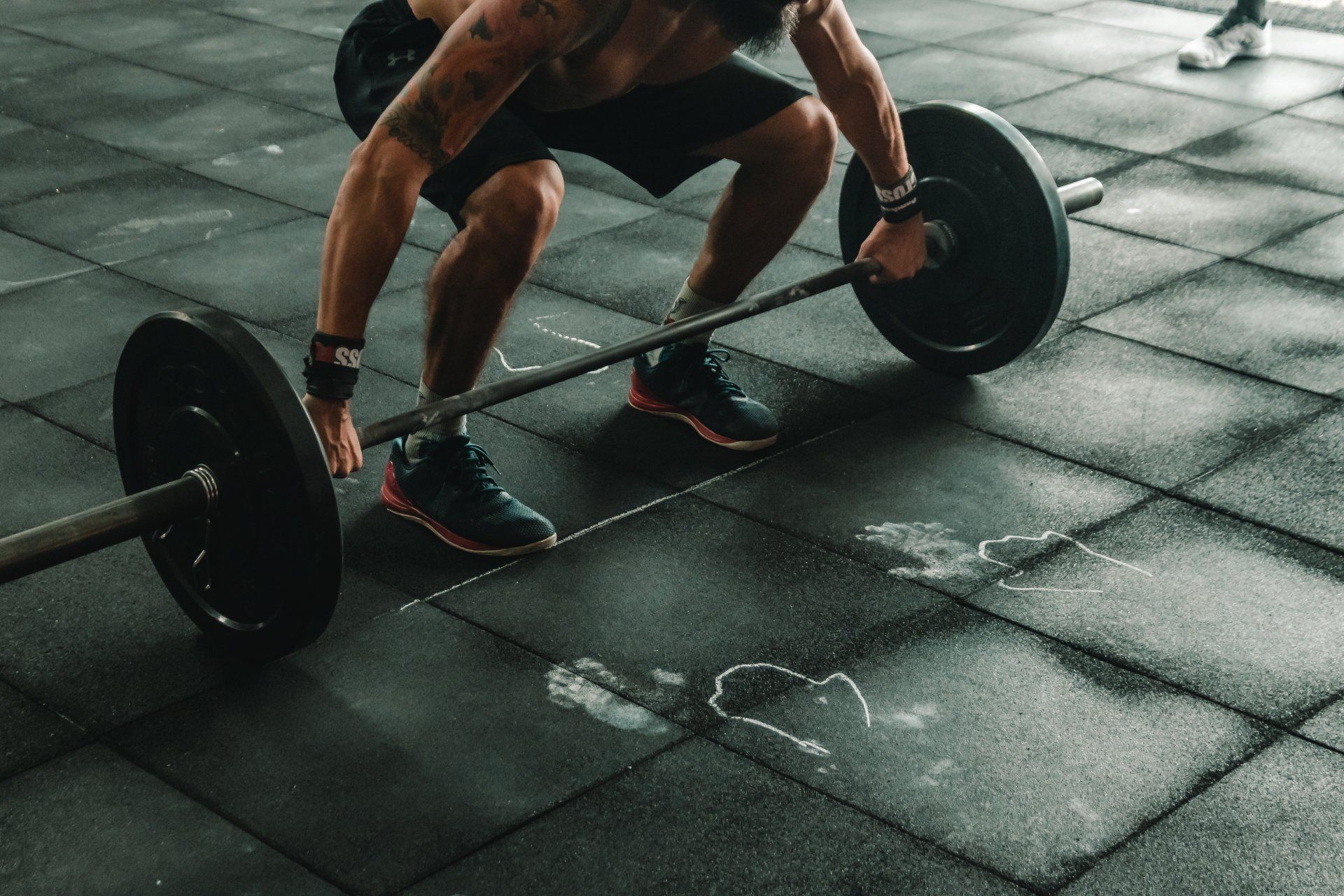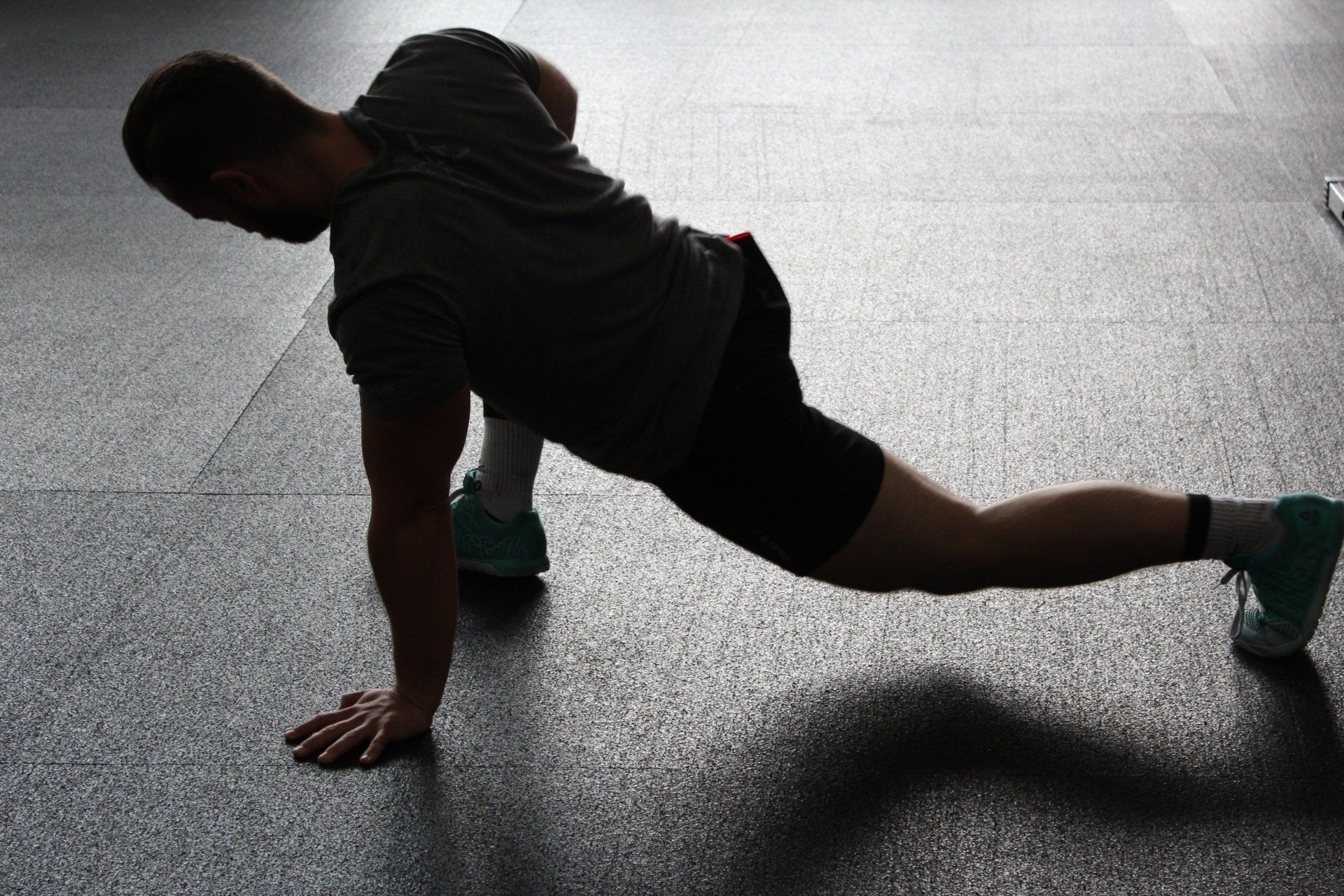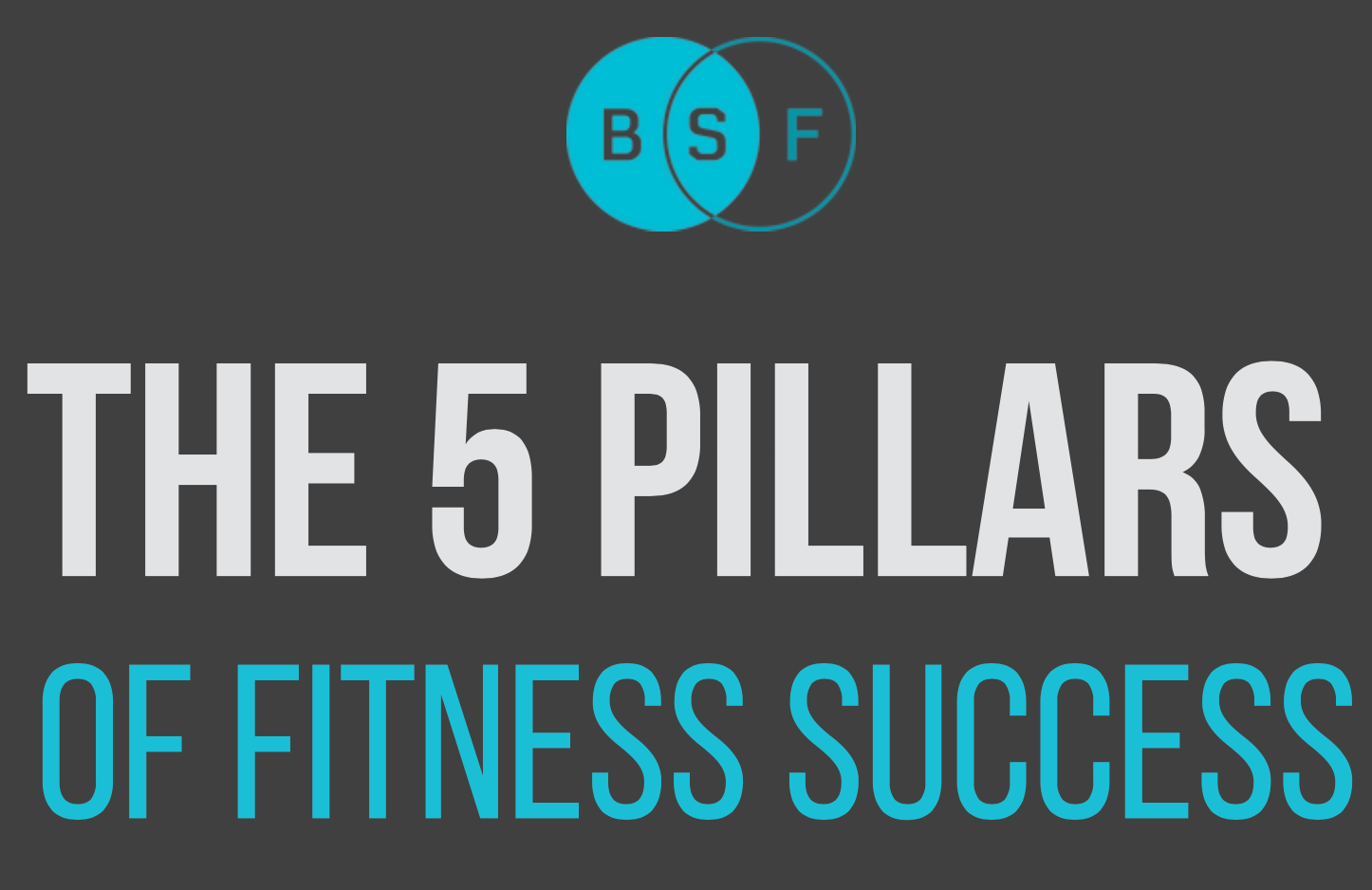Need to Know #1: What is Osteoporosis and How Many People are Affected by it?
Osteoporosis is the condition of having bones which have weakened to the point of being at risk of fracturing. It is estimated to affect 200 million people worldwide, most of them being postmenopausal women.
 In the image above you can see how healthy bone has a very dense and strong matrix, while the osteoporotic bone has much larger holes which increases its risk of breaking.
In the image above you can see how healthy bone has a very dense and strong matrix, while the osteoporotic bone has much larger holes which increases its risk of breaking.
Degradation of healthy bones is inevitable over time but you can have a much greater quality of life by building up as much Bone Mineral Density (the quantification of how dense and strong your bones are) before you begin to lose it.
Of course, you’re going to need to consume the building blocks of strong bones in order to grow them. So, what foods can you eat to support your bone health?
Need to Know #2: What Foods can You Eat to Have Stronger Bones?

While most people think that milk alone will build strong bones, not many know that green fruits and vegetables also contribute to maintaining bone health. Green apples, green grapes and kiwis (along with the foods pictured above) contain Vitamin K which has been found to aid in preventing osteoporosis.
However… while the research has been conflicting supplementing Vitamin D, Calcium, and Vitamin K whether in pill or powder form is not proven to build stronger bones. According to recent (2015) meta analyses these vitamins and nutrients need to be taken in from whole foods, not lone supplements.
Drinking whole milk allows you to absorb the Vitamin D because Vitamin D (along with A, E, and K) are fat soluble vitamins. Meaning, our bodies CANNOT absorb them unless they are eaten with fatty foods, such as eggs or other animal products.
So, the next time you’re eating kale make sure to eat some chicken with it (or some bacon, it’s ok if you eat bacon once in a while).
By this point you’re probably wondering, “But what about exercise?”
Need to Know #3: What About Exercise?

Exercising as little as once a week has a positive effect on bone health! But, what if your time is limited? What if you’re in a risk group and want to maximize your bone density before it starts to degrade? Is your training the best it can be to help you reach this goal?
As you can assume, lifting heavy weights and engaging in high intensity resistance training puts stress on your bones, tendons and ligaments. This stress acts as a stimulus which tells your body that you need to have sturdier bones and (if you are well-nourished) will result in greater bone mineral density.
And yet, strength training is only the second best method found for building stronger bones. The best method of training is actually Power Training. Power training involves explosive movements and absorbing a fair amount of impact. You can perform explosive movements and absorb impact without weights by jumping, sprinting and changing direction, or performing other plyometrics. However, you’ll get the greatest stimulus to get stronger (muscles and bones) by performing power training with weights. The Power Clean is my favorite example, and is pictured below.
( Important: Don’t perform any complicated exercises like the power clean unless you’ve had a coach teach you the proper form)

Need to Know #4: So, What Should You Take Away From This?
To highlight the importance of the more critical points be sure to get your vitamins from whole foods instead of pills; be sure to add some power training to your training regimen; and obviously, spend less time sitting. Sitting is the new smoking, and the more time you spend at rest the weaker your bones will get. For the sake of your physical health break up your day by exercising. If you work a sedentary desk job make the effort to get out of your chair and walk around for just ten minutes.
None of us are perfect and no one expects you to be perfect, but if you can commit to one of the key points of this article and nothing else, that’s at least something. Make small commitments, build up some momentum, and slowly get better and better.
-Coach Andreas
Two years ago my Bedstemør (Danish for Grandma) fell down and broke her wrist. She then went to a doctor in the emergency room and if you’ve ever been to a Danish hospital, you’d know that all the new doctors are put in the ER so they can learn about all different sorts of injuries people come in with. Unfortunately my Bedstemor got a very new doctor and had her broken wrist set improperly. She then had to go back to find a better doctor who could then set her wrist again(which was very painful as you can imagine) and then had to spend months recovering. As a Certified Strength and Conditioning Specialist I know what could have been done to prevent all of that from happening. However there is a worldwide stigma that women shouldn’t lift heavy weights, or that weightlifting is only for big dumb guys who lift things up and put them down. My greatest accomplishment of last year was getting my mom to sign up for personal training and give her a chance to avoid the scenario her mother was forced to go through, while also reaping all the other benefits that come with exercise. I hope with this article and my continued work in the fitness industry I can help more people take preventative action to improve the quality of their lives.
Interested in training with Andreas? Click here for more information on how you can get scheduled with a strategy session.
The post 4 Things You Need to Know About Bone Health and Exercise appeared first on Body Space Fitness.











